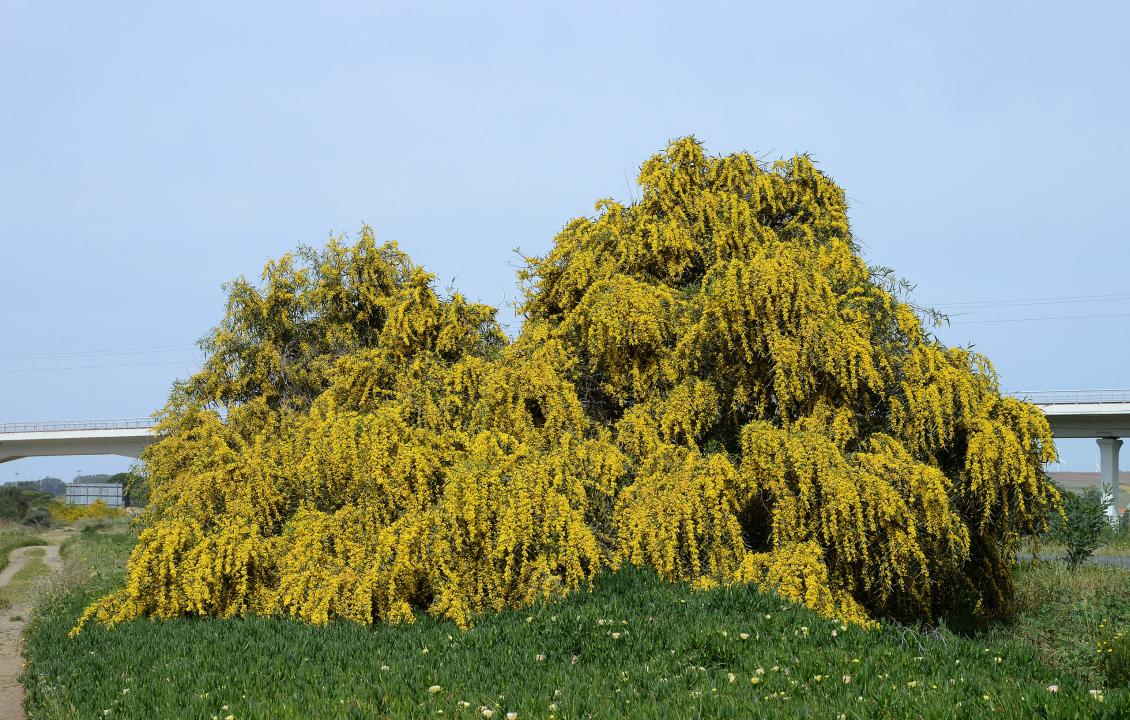Acacia saligna
Africa, Ethiopia 6400 0; Africa, Kenya 6391 0; Africa, Libya 9836 0; Africa, Mozambique 6396 0; Africa, Namibia 6382 0; Africa, South Africa 6380 0; Africa, Tanzania 6393 0; Africa, Zambia 6389 0; America, Central America, Mexico 9859 0; America, North America, United States, California 9860 0; America, South America, Argentina 9846 0; America, South America, Bolivia 9819 0; America, South America, Chile 9847 0; Asia, Arabian Peninsula, Saudi Arabia 9810 0; Asia, Indian Subcontinent, India, Karnataka 50 0; Asia, Indian Subcontinent, India, Tamil Nadu 43 0; Asia, Indian Subcontinent, Pakistan 33 0; Asia, Southeast Asia, Vietnam 59 0; Asia, West Asia, Cyprus 9923 0; Asia, West Asia, Iraq 9830 0; Asia, West Asia, Israel 9832 0; Asia, West Asia, Jordan 9935 0; Australia, New South Wales 3852 0; Australia, Queensland 3842 0; Australia, South Australia 3851 0; Australia, Tasmania 9869 0; Australia, Victoria 3850 0; Australia, Western Australia 3849 0; Europe, Corsica 9843 0; Europe, France 9908 0; Europe, Greece 9934 0; Europe, Italy 9845 0; Europe, Portugal 9842 0; Europe, Sardegna 9926 0; Europe, Sicily 9841 0; Europe, Spain 9840 0; Indian Ocean, Mauritius 3833 0; Pacific Ocean, New Zealand 9921 0
Hold Ctrl whilst dragging to view details of selected occurrences.
Alien: Naturalized invasive. Widespread - typical habitats are phrygana & maquis.
Its presence in protected areas such as Akrotiri salt marsh (RAMSAR site) has been clearly related to alterations of indigenous plants’ species composition, the displacement of marsh and meadow species with specific habitat requirements as well as habitat and biodiversity loss (Christodoulou 2003).
Also providing honey.
Planted for firewood, and previously controlled through harvesting for that purpose. Also used to reforest traditionally garigue/phrygana and to provide green cover along roads and prevent erosion.
Alziar G (2000) Compte rendu du 4ème Iter Mediterraneum. Bocconea 11: 5-83.
Chrtek J, Slavík B (1981) Contribution to the flora of Cyprus. Preslia 53: 45-65.
Christodoulou CS (2003) The impact of Acacia saligna invasion on the autochthonous communities of the Akrotiri salt marshes, BSc (Hons) Dissertation, University of Central Lancashire, 1–93.
Coulot P (2000) Approche de la flore de l'ile de Chypre. Monde Pl. 470: 16-20.
Georgiades C (1995) Η επιγενής χλωρίδα της Κύπρου. Ταξινομική, χλωριδικά, φυτογεωγραφική, οικοφυσιολογική μελέτη. [The adventive flora of Cyprus, taxonomic, floristic, phytogeographic, ecophysiological study]. Ph.D. Thesis, Athens University.
Hadjikyriakou G, Hadjisterkotis E (2002) The adventive plants of Cyprus with new records of invasive species. Zeitschrift fur Jagdwissenschaft 48: 59–71. https://doi.org/10.1007/BF02192393
Meikle RD (1977) Flora of Cyprus, Vol. 1.
Pescott, O.L., Harris, S.E., Peyton, J.M., Onete, M., Martinou, A.F., Mountford, J.O. (2018). The forest on the peninsula: impacts, uses and perceptions of a colonial legacy in Cyprus. In: Queiroz, Ana Isabel; Pooley, Simon, (eds.) Histories of bioinvasions in the Mediterranean. Cham, Springer, 195-217. (Environmental History, 8).
Tsintides T, Hadjikyriakou GN, Christodoulou CS (2002) Trees and shrubs in Cyprus. Foundation Anastasios G. Leventis—Cyprus Forest Association, Nicosia, Cyprus.

